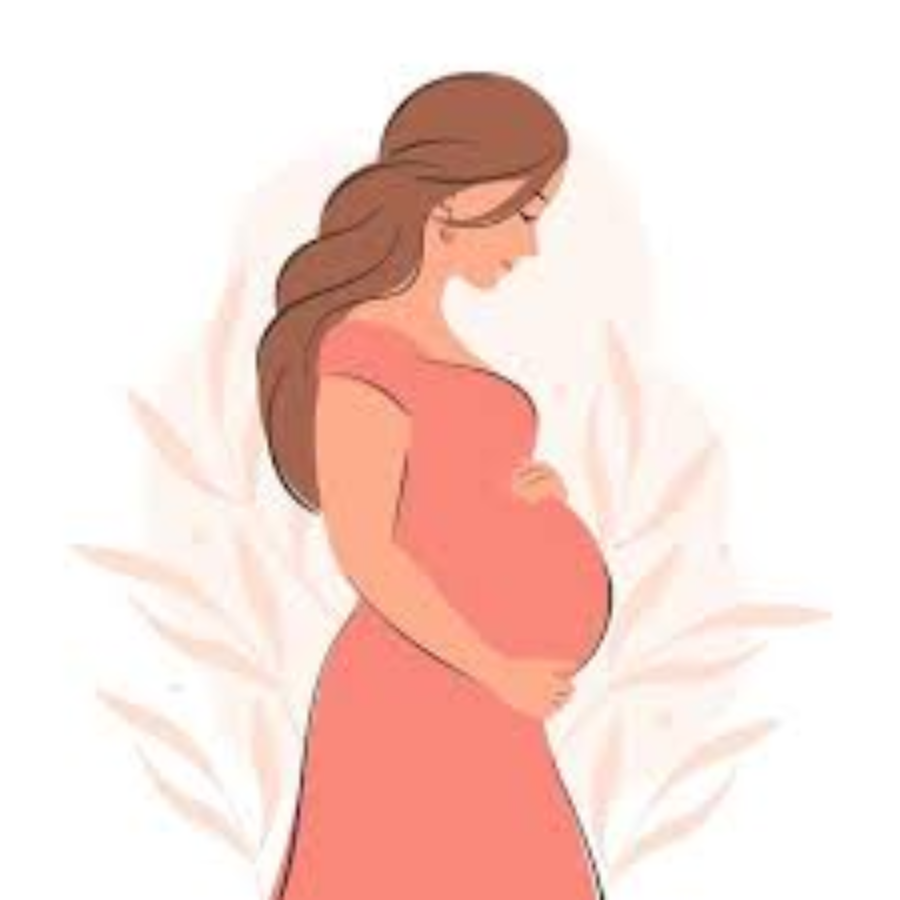

Pregnancy is typically caused by sexual activity, however it can also be caused by assisted reproductive technology.Pregnancy outcomes include stillbirth, induced abortion, miscarriage, and live delivery. The duration between the onset of the last menstrual period and the time of childbirth is known as the gestational age, and it typically lasts 40 weeks.It has been less than nine months.
It takes about 38 weeks, depending on when the fertilization occurred.Pregnancy is described as "the presence of an implanted human embryo or fetus in the uterus"; implantation occurs, on average, 8–9 days after fertilization.
In most cases, sexual activity leads to pregnancy, however assisted reproductive technologies can also result in pregnancy. A stillbirth, an induced abortion, a miscarriage, or a live delivery are possible outcomes of a pregnancy. The gestational age, which is the time between the start of the last menstrual period and the time of childbirth, is usually 40 weeks.

In less than nine months has passed. Based on the age of fertilization, the duration is around old 38 weeks. During the first seven weeks after implantation, or the first ten weeks of gestation, the developing child is referred to as an embryo; after that, the term fetus is used until birth.
Missed periods, sore breasts, morning sickness (vomiting and nausea), hunger, implantation bleeding, and frequent urination are all possible indicators of an early pregnancy.A pregnancy test can be used to confirm a pregnancy. Contraception, or more correctly, birth control methods, are used to prevent conception.
The process of becoming pregnant involves a number of changes to a woman's organs and tissues brought on by the growing fetus. From fertilization until birth, the complete process typically takes 266–270 days, or roughly nine months.
When the components of a powerful sperm combine with those of a fertile ovum, or egg, a new individual is formed.
The ovum and the spermatozoon (sperm) have both traveled great distances prior to this union in order to become one. Numerous motile spermatozoa are deposited in the vagina, travel through the uterus, and enter the fallopian tube, which houses the ovum during pregnancy. After emerging from its follicle, or capsule, in the ovary, the ovum has reached that location. The spermatozoa's and the tubal wall's lining's actions cause the ovum to shed its outer coat of cells once it enters the tube. When the ovum's outer covering is lost, many spermatozoa are able to pierce the surface of the egg.
Very proud to be a woman 🤰🤱🤰💕💗
